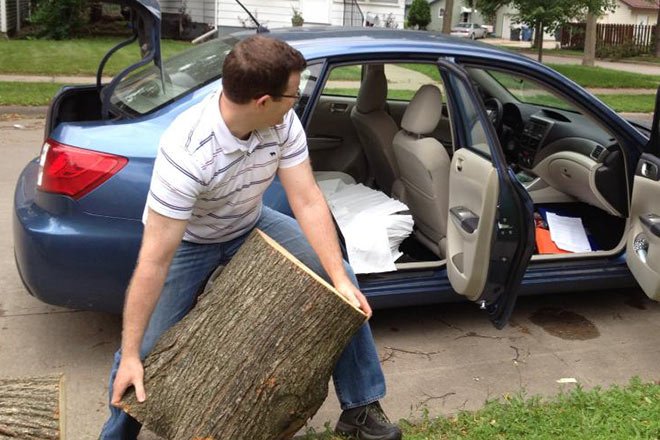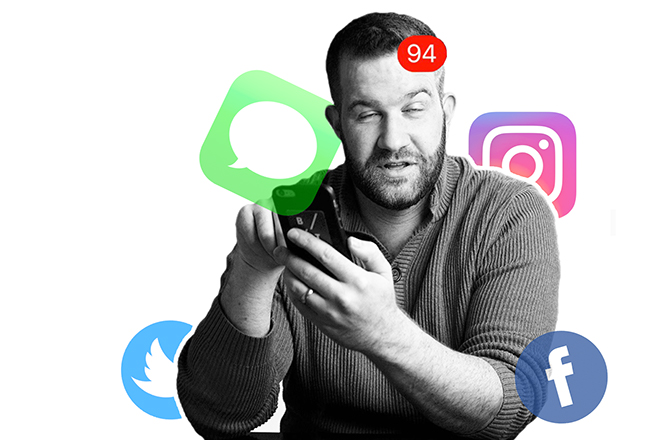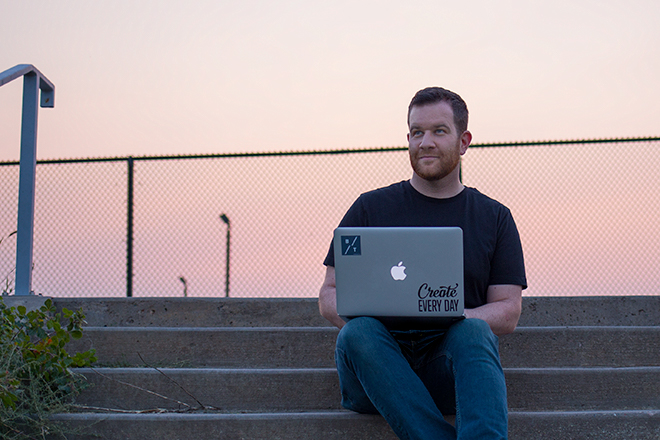
Most people overestimate what they can do in a day and underestimate what they can do in a lifetime.
In the spring of 2013, a massive storm swept through Minneapolis that left thousands of trees ripped from the ground.
Roads across the city were blocked by decades-old giants that stood dozens of feet tall. I had never seen anything like it in the midwest.
That was one week before the sale closed on our first house.
A week later, on the day of the closing, we picked up the keys to our new home and excitedly drove over to check everything out. At that point, many of the fallen trees in our neighborhood had been chopped into neat piles on the lawn extension in front of the houses.
Having a two car garage at our new house (and only one car to put in it) had my head swirling around the possibilities of a wood shop in the other half of the garage. I love working with my hands and the idea of working with wood again felt exciting.
So about a block away from our house we pulled the car over and picked up this giant section of tree trunk. I figured it would be fun to make something out of it as it’s not exactly easy to get chunks of wood that big on a regular basis. Funny enough, you can see the closing documents on the front passenger seat in this photo.

It was half a miracle that I was even able to get it up into the car and another half miracle that I didn’t break my back in the process.
After placing the trunk on blocks in the corner of the garage, we went about our business and I took to the internet to do some research.
That trunk was part of a pretty big, living tree just a few days earlier so the wood was completely green. In order to start working with it, I’d need to wait for the wood to dry out completely and I wasn’t sure how long that was supposed to take.
After a bit more research, I found out that it would take nearly four years for the trunk to reach the point where I could actually start to do anything with it. I left it in the corner of the garage, slightly annoyed, with that amount of time seeming impossibly far away and wondering why I should even bother keeping it.
—
Well, that was four years ago. Today there’s a gigantic, dry, ready to carve piece of wood in my garage.
Three years ago, in November of 2014 I wrote my first blog post here on Break the Twitch.
Both of that post’s readers seemed to enjoy it, I think.
Today, thousands of people read articles on this site every week.
In January of 2017 I started writing a 17,000 word book.
It took me almost a year to do, despite many authors writing 60,000 word books in that time, my book is done.
—
Have you ever thought back to something you started doing, but burned out and decided to stop?
A hobby you picked up but your expectations were too high or you beat yourself up over not seeing much progress right away?
Do you ever wonder where you might be if only you had kept going?
I’ve wondered that enough times in my life that finally I decided I didn’t want to wonder anymore. And you can make the same decision for yourself as well.
All you have to do is slow down, and keep going.
1 / Be kind to yourself, breathe
Even if you’ve let something go for a few years, let yourself be okay with that. You’re here now and there’s really nothing that shaming yourself will help you accomplish from here.
Whether it’s the process of decluttering your home, writing a blog, getting in shape, or saving for a trip, it’s okay that you stopped and it’s perfectly fine to continue onward, even if things seem worse off than when you started.
2 / Define success differently
Success isn’t an amount of money you make, the number of likes a photo gets, or anything but how you feel about the things you do.
It’s perfectly natural to take breaks, have long pauses in life, as things tend to work in cycles. Perhaps success looks like pulling out the paint brushes after six months of them being hidden in a drawer, that’s for you to define.
3 / Let time help do the work for you
If something seems like it’s going to take a long time, don’t let that discourage you from taking action. If I had not bothered holding onto that giant tree trunk four years ago, I would not have a dried piece of wood in my garage today.
If there’s something you’d rather be doing, that’s fine, but don’t let the fact that something might take a long time discourage you from doing it to begin with. The time will pass whether we like it or not and the time will come before we know it—it’s worth getting started now and seeing what happens.
Most of the time, we think in terms of days, months, and years.
No matter where you are in life, if you’re reading this, you more than likely have many years to let small frequent actions reward you with incredible results. There are very few circumstances where you should not start or pick something back up, just because of the time it may take.
A few years from now, what will you look back on and be glad that you kept doing?





